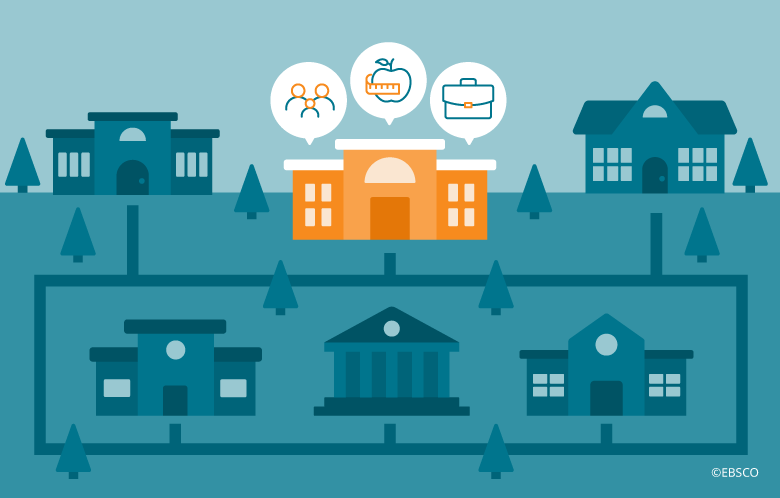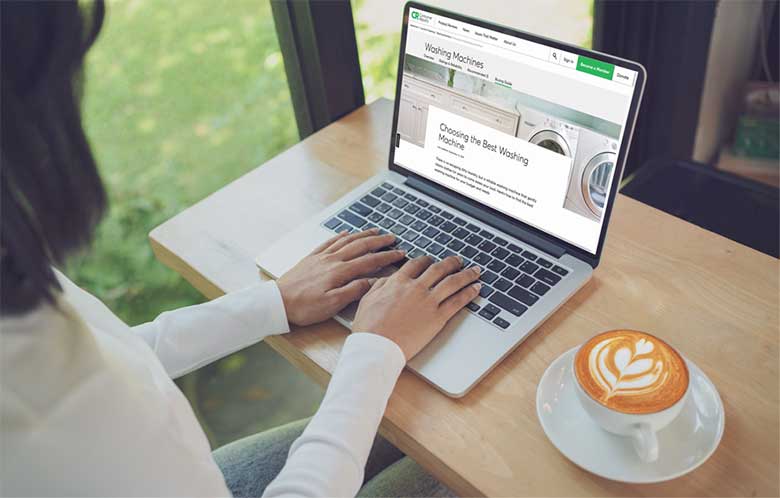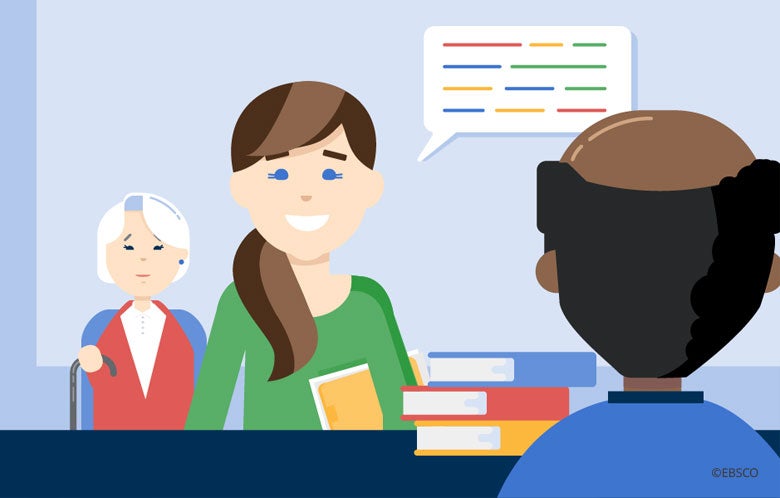What is a subject librarian? Commonly found in academic libraries, subject librarians are highly knowledgeable about information sources and services in a field of study, such as literature, history, business and health sciences. They respond to reference requests, support research and deliver library instruction. In 2010, when I began serving as the adult services manager at Omaha Public Library (OPL), I never imagined that I would be introducing this model to a public library setting.
First, a bit of background. After a 17-year hiatus, the adult services manager position was resurrected by OPL’s library director. Having previously served as OPL’s technology librarian, I spent the first 18 months figuring out adult services and defining my leadership role. Initially, we developed signature events that would draw adults to the library, including speed dating, a culinary conference, author fair and Omaha Reads.
These signature events gained popularity over the next couple of years; however, I still struggled to connect and direct the adult services team. In 2014, our course started to shift, and although we didn’t know it at the time, we started down a path that led us to form the model for subject librarians. Three significant events led us there:
- In continuing to develop my role as the adult services manager, I connected with other systems to find similar positions to mine and understand the scope of the job. From all my connections, I found one library particularly inspiring: Topeka Shawnee County Public Library. Their “Adult” librarians were responsible for “neighborhoods.” As I understood it, their definition of a neighborhood was a “subject,” and through that lens, they oversaw collection, programming and outreach in their assigned “neighborhood.” Essentially, they had subject librarians.
- The Aspen Institute Report, Rising to the Challenge: Re-Envisioning Public Libraries, identified how libraries could leverage three key assets ― people, places and platform ― with 15 actionable steps. One actionable step was to “Deploy existing resources in new ways,” so we looked to transition our existing adult services librarian (broad) model to a subject librarian model.
- One of my professional goals for that year was to “Identify and develop subject coordinators for the system to strengthen collections, programming and outreach.”
In addition to the above, OPL’s strategic plan focused on community engagement, which eventually folded into the subject librarian model as one of their core responsibilities.
We started with a small beta group of five subject librarians. This group included two branch managers from small branches who could handle the workload, two adult services librarians from our main library, and a library specialist ― a paraprofessional working in a support role.
We focused on four subjects: 1) health and wellness, 2) seniors, 3) business, and 4) genealogy and local history. Health and wellness seemed like a natural fit. At that time, we received frequent reference questions about health and medicine as well as requests to participate in local health fairs. In addition, we had a well-attended programming series around health called “New Year, New You.” We chose to focus on senior citizens because a University of Nebraska at Omaha study of U.S. Census data shows that the population of Omaha residents over age 65 will grow exponentially in the next 20 years. The business subject was a holdout from the old department structure. Finally, genealogy and local history services are a core offering in most public libraries.
In the first year, each beta group member explored their subject area to determine what programming, collections and other services would look like for our library system. During the second year, we moved out of the exploratory phase and set internal and external goals. Internally, we wanted to raise the profile of subject librarians, which meant we needed to explain who they were and why they existed in our organization. We did this by building relationships with other internal departments and providing resources for frontline staff.
Our external goals addressed outreach and community engagement. We identified and partnered with organizations to find mutually beneficial ways to work together through programming. For example, we had a successful programming series, “New Year, New Business,” a partnership program with the Small Business Association. What else could we explore?
Heading into the second year, we identified gaps in the services that our existing subjects weren’t filling. Shortly thereafter, we brought in a new subject librarian to assist patrons experiencing homelessness and poverty.
All this great work aside, there was still a disconnect between adult librarians and subject librarians, as only three out of ten adult librarians were doing this work. Our current beta subject librarians were a high-functioning and cohesive group. However, I knew I wanted to bring the rest of the adult services librarians into the fold.
In Part Two of this series, I will share how we expanded our model to include more subjects and officially launched our subject librarian team.


